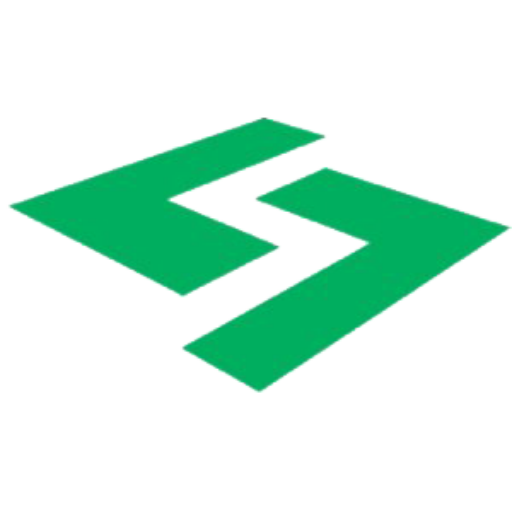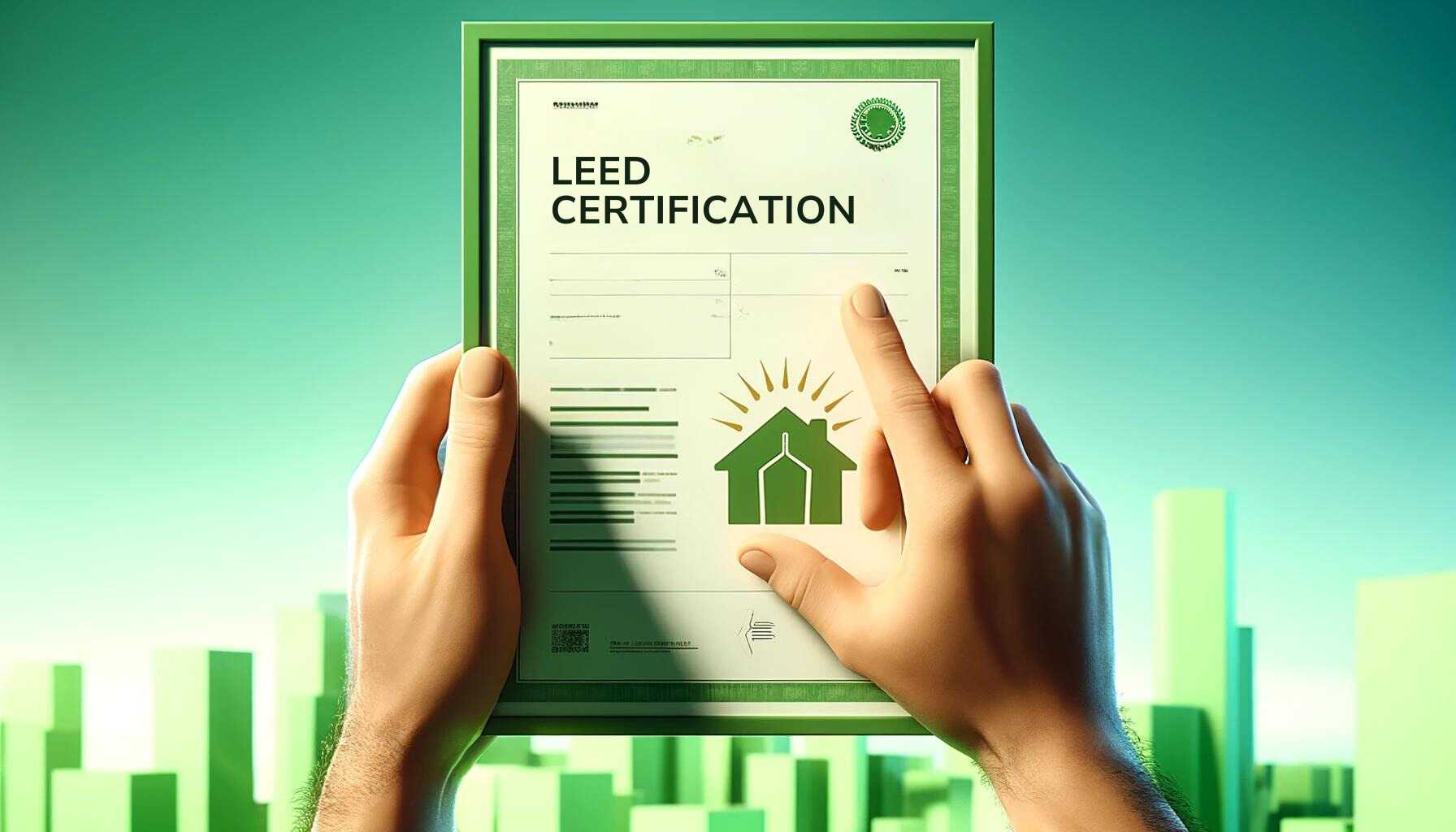In the pursuit of sustainable building practices, LEED certification stands as a mark of environmental responsibility. With its comprehensive framework, LEED not only promotes resource efficiency, but also prioritizes the health and well-being of building occupants. Together with LEED, IoT solutions are revolutionizing the way buildings operate by providing real-time data insights that optimize energy use, water savings and indoor air quality. This synergy between LEED and IoT presents a powerful opportunity to build a more sustainable future where smart technologies complement green building standards, leading us towards a healthier and more efficient built environment.
LEED Certification: Leading the Way in Sustainable Building
LEED (Leadership in Energy and Environmental Design) certification stands as the leading global benchmark for green building projects. Recognized by the U.S. Green Building Council (USGBC), LEED verifies a building’s commitment to sustainability throughout its design, construction, and operation. Beyond environmental responsibility, pursuing LEED certification offers significant benefits:
-
- Reduced costs and resources: Lower energy and water consumption, improved waste management, and minimized maintenance translate to financial savings.
- Enhanced health and well-being: Optimized indoor environments promote occupant comfort, safety, and productivity.
- Increased project value and reputation: Demonstrating sustainability strengthens your brand, attracts clients, and creates business opportunities.
With over 105,000 certified buildings and 205,000 accredited professionals worldwide, LEED’s impact is undeniable. The upcoming launch of LEED v5 for Operations and Maintenance further expands its reach to existing buildings.
Achieving LEED certification involves registering with the USGBC, selecting the appropriate rating system, defining goals, and earning credits across eight categories:
-
- Innovation & Design Process
- Locations & Linkages
- Sustainable Sites
- Water Efficiency
- Energy & Atmosphere
- Materials & Resources
- Indoor Environmental Quality
- Awareness & Education
When applying for LEED certification, it is very important to choose the most appropriate of the 5 main rating systems.
LEED v4.1 Rating Systems:
-
- LEED for Building Design and Construction (BD+C)
- LEED for Interior Design and Construction (ID+C)
- LEED for Residential BD+C
- LEED for Cities and Communities
- LEED for Building Operations and Maintenance (O+M)
In recent years there has been a lot of interest in LEED for Building Operations and Maintenance (O+M). The main reason for this is that it is a very fast and effective LEED scoring system for your existing old building with new IoT solutions. In addition to its speed and effectiveness in scoring, LEED for Building Operations and Maintenance (O+M) offers a comprehensive framework for optimizing the sustainability performance of existing buildings, making it an attractive option for property owners and managers seeking to enhance their environmental credentials.
By addressing these aspects, LEED empowers projects to contribute to a greener future, one building at a time.
The Role of IoT in Achieving LEED Certification
The factors influencing the scoring in the LEED for Building Operations and Maintenance (O+M) rating system are as follows:
-
- Energy and Atmosphere (30%): This category covers issues such as energy efficiency, use of renewable energy, and reduction of greenhouse gas emissions.
- Water Efficiency (20%): This factor evaluates performance in areas such as water conservation, water quality management, and efficient use of water.
- Indoor Environmental Quality (20%): This category aims to support the health and comfort of occupants by examining indoor air quality, thermal comfort, and lighting quality.
- Materials and Resources (10%): This factor addresses resource efficiency topics such as sustainable material use, waste management, and recycling.
- Location and Linkages (10%): This category includes issues like building siting, access to public transportation, and local environmental protection strategies.
- Awareness and Education (5%): This factor evaluates the level of education and awareness among building users regarding sustainability.
- Innovation (5%): This category rewards innovative approaches and solutions implemented in the project.
These factor ratios are used to assess the sustainability performance of building operation and maintenance, playing a significant role in achieving LEED for Building Operations and Maintenance (O+M) certification.
The Internet of Things (IoT) is proving to be an incredible aid in achieving LEED certification. From smart meters to occupancy sensors, these interconnected devices collect real-time data on building performance, paving the way for significant improvements in water efficiency, energy consumption, waste management and indoor air quality. Improvements in these areas, enabled by appropriate devices and software, allow you to meet 80% of the factors in the LEED for Building Operations and Maintenance (O+M) certification rating system in a very easy and automated way.
-
- Water Efficiency: IoT sensors can monitor water usage patterns, pinpointing leaks and inefficiencies. This allows for targeted repairs and adjustments to irrigation systems, leading to substantial water conservation.
-
- Energy Efficiency: Similarly, smart energy meters track real-time energy consumption, enabling building managers to identify periods of peak usage and adjust heating, ventilation, and air conditioning (HVAC) systems accordingly. This data-driven approach fosters efficient energy utilization, reducing operating costs and environmental impact.
-
- Indoor Occupancy Management: Occupancy Sensors detect the presence of people in a space, providing valuable insights into occupancy patterns. By integrating this data with other IoT systems, building managers can optimize lighting and HVAC systems, further reducing energy consumption and costs. Moreover, occupancy data can be used to enhance space utilization, ensuring that meeting rooms, classrooms, and other areas are efficiently allocated based on real-time demand. This not only optimizes resource allocation but also contributes to a more sustainable and efficient use of building space.
-
- Indoor Air Quality: Furthermore, IoT plays a crucial role in indoor air quality (IAQ). Sensors can detect and monitor temperature, humidity, CO2 and PM(particulate matter) levels, helping to maintain healthy and productive environments for occupants. By triggering automatic ventilation adjustments based on real-time data, IoT systems ensure optimal IAQ, ultimately enhancing occupant comfort, well-being, and even productivity.
-
- Waste Management: Waste management is also an area where IoT can provide very suitable solutions. With sensors placed in garbage containers, you can instantly see the occupancy rates, analyze which areas produce more waste, monitor recycling bins to see which types of recyclable waste accumulate more, and increase the efficiency of employees in the field.
Beyond these specific considerations, the data collected by IoT devices contributes to a complete understanding of building performance. This allows building managers to make informed decisions, implement targeted interventions and continuously optimize their overall sustainability efforts, leading to LEED certification.
The integration of IoT solutions with LEED certification marks a new era in building management, enabling unprecedented resource efficiency and prioritizing occupant well-being. This fusion of technology and environmental stewardship aligns with LEED’s principles, fostering smarter, greener, and more resilient structures. Together, IoT and LEED forge a path towards sustainable development, ensuring buildings meet present needs while safeguarding the planet for future generations.



